How Ukraine’s Donbas has ‘evolved’ under pro-Russia separatists | Russia-Ukraine war News
Kyiv, Ukraine – “Russia will come here. There will be plenty of money. Everything will be in order!”
That’s what Valerii, a minibus driver, told me eight years ago in Donetsk, the administrative capital of the eponymous region in southeastern Ukraine.
It was shortly before the May 11, 2014 “referendum” organised by pro-Russia separatists in Donetsk and the neighbouring, smaller region of Luhansk.
Known collectively as “Donbas”, the regions broke away from the central government in Kyiv – and were recognised by Moscow only this year.
Valerii, bearishly burly and tall, was genuinely kind-hearted and sweet. But he truly hated Ukrainian President Viktor Yanukovich, who had left his seat and Ukraine weeks earlier after months-long protests in Kyiv.
Yanukovich came to power in 2010 and brought a coterie of his cronies to Kyiv.
His lesser minions wrestled control of hundreds of businesses in Donetsk – including two that belonged to Valerii.
First, they took over his furniture store, and then he had to give away his poultry farm, where he fed chickens with corn to “make their skin look yellow and easy to sell”, he recalled with pride.
He spent his last savings on a Mercedes minibus, and a television crew with me as a producer hired him to drive us around Donetsk in April 2014. We called him Val.
Val’s hatred of Yanukovich, who went down in history as Ukraine’s most pro-Russian ruler, didn’t translate into anything negative towards Moscow or Russian President Vladimir Putin.
Val wholeheartedly believed that Putin would annex Donbas the way he’d annexed Crimea just weeks earlier, and that the corruption and economic degradation that dawned on Donbas in the 1990s would be gone for good.
Val remembered the good old days, when Donbas was hailed as a “Soviet workers’ paradise”, and its blue-collar residents, especially coal miners and steelworkers, enjoyed hefty salaries and plenty of perks.
They had free healthcare, education and dirt-cheap vacations to Crimea or even the “socialist camp,” or Moscow-friendly nations of Eastern Europe – Bulgaria or Poland.
Hundreds of thousands of people flocked to Donbas from all over the USSR – and mostly switched to Russian.
The 1991 Soviet collapse was painful and disorienting to the USSR’s 287 million of its denizens, but it hit Donbas especially hard.
Economic ties with now-independent Russia began to sever, most of the benefits were gone, and once-affluent miners and steelworkers woke up to a new reality – “predator capitalism” with galloping inflation, organised crime, corruption and a total makeover of state ideology.
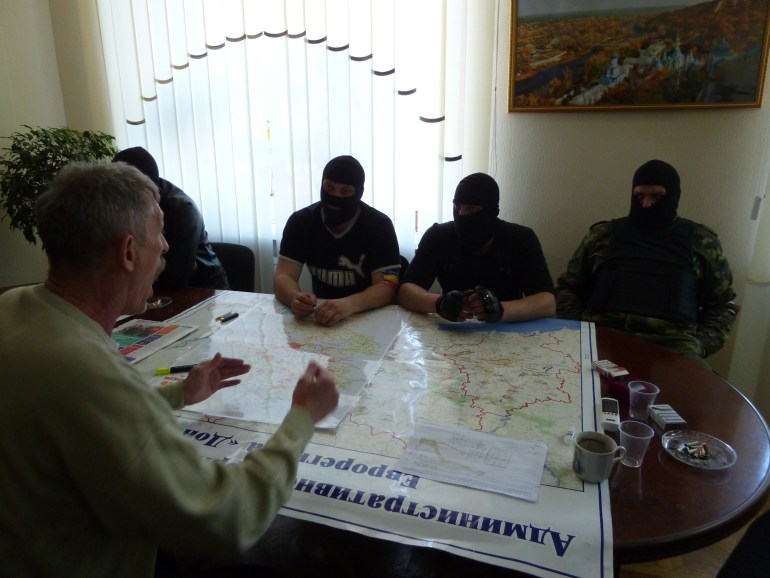
Ukraine began forging a new national identity – predictably based on the lionising of ethnic Ukrainian statesmen, artists and war heroes. Some of these heroes fought against Soviet Moscow during World War II – and occasionally collaborated with Nazi Germans.
Many Soviet-educated Ukrainians, who grew up feeling proud of the USSR’s role in defeating Adolf Hitler, were indignant – especially in Donbas.
Meanwhile, locals associated a painful transition to capitalism with democratic reforms – and longed for a strong-armed, patriarchal ruler who would restore law and order and bring back the Soviet-era perks.
Many in the region – just like in Crimea – felt neglected, forgotten and offended. Most of the region’s assets were privatised and went to a handful of oligarchs, who preferred not to remember about free scholarships and trips to Crimea for their workers.
Yanukovich’s ascension to the presidency was seen as revenge, a triumph, a way to stick it to those slickers in Kyiv. And his shameful flight was a major letdown.
When the residents of Donetsk took to the polling stations on May 11 to vote for their region’s “independence” from Russia, most looked sincerely elated. Val was one of them.
They walked down the tidy streets of Donetsk, past new office centres, green parks and a bronze statue of the Beatles next to a British flag.
The city was proudly Anglophile – it had been founded in 1869 by a Welshman named John Hughes, who was invited there by Russian tsar Alexander III to open a steel plant and a coal mine. As for Luhansk, it was founded in 1795 by another Brit, Charles Gascogne, who started a foundry.
Thousands also rallied throughout Donetsk, usually starting their marches under the giant statue of Soviet founder Vladimir Lenin on the main square.
They carried portraits of Lenin and his successor Josef Stalin, changed anti-Ukrainian slogans and obscenities – and the Soviet anthem.
Fighting erupted in and around Donetsk, and separatists aided by thousands of Russian “volunteers” began to force out demoralised and poorly armed Ukrainian servicemen.
Shelling began, leaving gaping holes in apartment buildings and killing dozens. The separatists and Kyiv accused each other of deliberately targeting civilians.
Separatists restored the Stalinist constitution that prescribed the death penalty for a number of crimes, and people started to disappear into “basements”, or makeshift prisons, where they were tortured and occasionally killed.
Val’s mood started to change.
He saw many of his idealist friends joining separatist squads – but fighting next to drunks and ex-cons, who started “expropriating” posh cars and looting the houses and apartments of pro-Ukrainian activists or businessmen.
One night in May, several armed separatists ordered Val out of his minibus – and drove away in it. He got it back only thanks to his separatist friend.
My team went back to Donetsk hours after the Malaysian MH17 passenger plane crashed with 298 people on board on July 17, 2014; investigators say a Russian-made missile fired from a part of eastern Ukraine held by the rebels. Much of the debris was found in the village of Hrabove, in the Donetsk region.
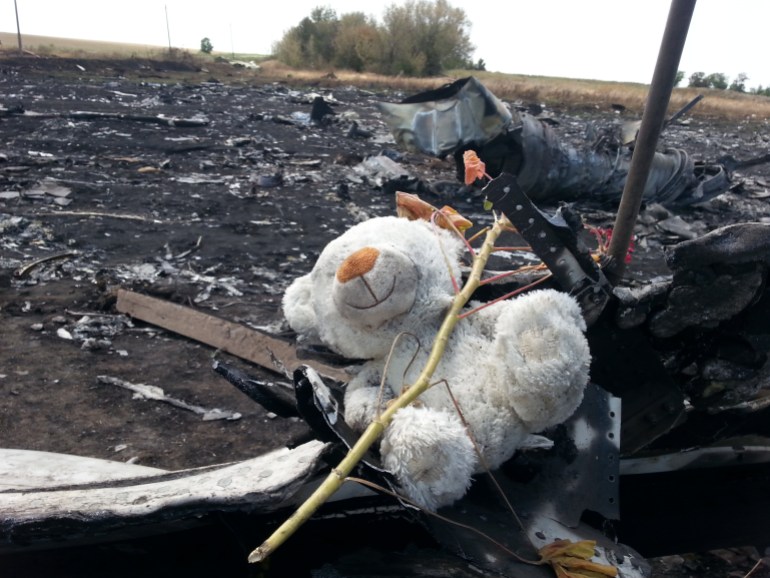
Val drove us every day to the largest fragment of the fuselage that was laying in a field with ripening wheat.
Each time, we drove by roadblocks filled with armed separatists. Once, they tried to “expropriate” our Kevlar bulletproof vests that looked elegant and light compared with their heavy, badly fitting flak jackets.
One morning, the road we took bisected a burning wheat field that smelled like burning flesh.
Val’s minibus whizzed by a woman in her 30s and her little daughter, three or four years old, who were pushing a stroller with a suitcase. They were walking towards us, we were running late for a live broadcast – and didn’t stop to give them a lift.
I still feel guilty about leaving them there.
Donetsk changed.
Instead of throngs of people enjoying an ice cream or strolling to work, it turned into an empty shell of its former self, where rare, frightened passersby were seen walking and looking around with suspicion.
Living standards plummeted, and many average residents had to rely on humanitarian aid from Ukraine or Russia. Makeshift coal mines provided jobs, but poor safety measures killed many.
When I asked Val about his pro-Russian stance, he said that he’d already sent his wife and daughter to Kyiv – and would pack up and leave once he was done with us.
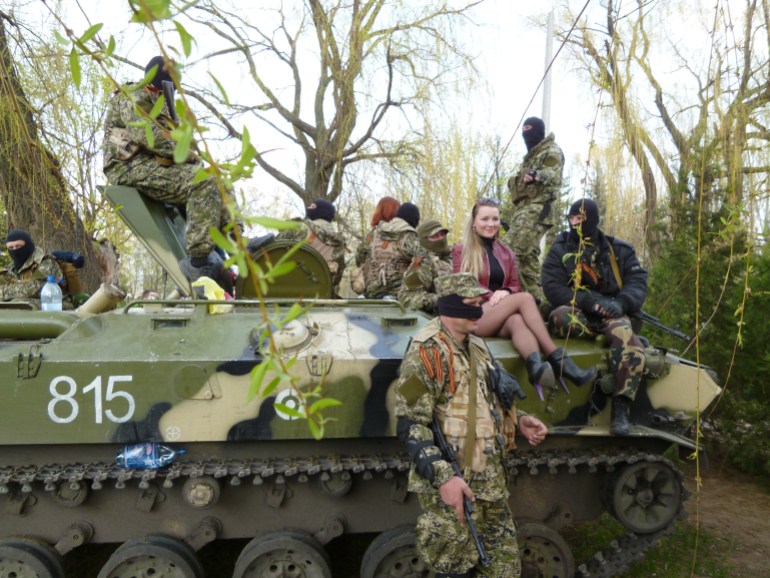
“To hell with Putin!” he said and added a long expletive.
Soon, the separatists banned Western journalists, but people fleeing the regime eagerly talked about their atrocities.
One of them was Afanasy, the archbishop of Luhansk, who told me how they sentenced him to death for his pro-Ukrainian stance.
They blindfolded the full-bearded cleric and put him up against a wall on a hot day in June 2014. He heard a shot – but the bullet didn’t hit him. They removed the blindfold and told him to leave town in his rundown Lada.
But the separatists didn’t last long.
They quickly turned Donbas into a dozen feuding fiefs, clashing over a factory or a coal mine. Several “generations” of separatist leaders died violent deaths or fled to Russia.
One of the “longest-serving” leaders was Alexander Zakharchenko, a former poultry seller and police academy dropout nicknamed “Daddy”.
He headed Donetsk for almost four years until an explosive hidden in the lamp of the Separ (Separatist) restaurant in central Donetsk killed him and his bodyguard, on August 31, 2018.
He was succeeded by Denis Pushilin, a 40-year-old former employee of a confectionery company who ran a Ponzi scheme in Donetsk.
On February 21, Pushilin signed an agreement on “friendship, cooperation and mutual assistance” with Russia after Moscow recognised Donetsk’s and Luhansk’s “independence”.
Three days later, Russia invaded Ukraine.
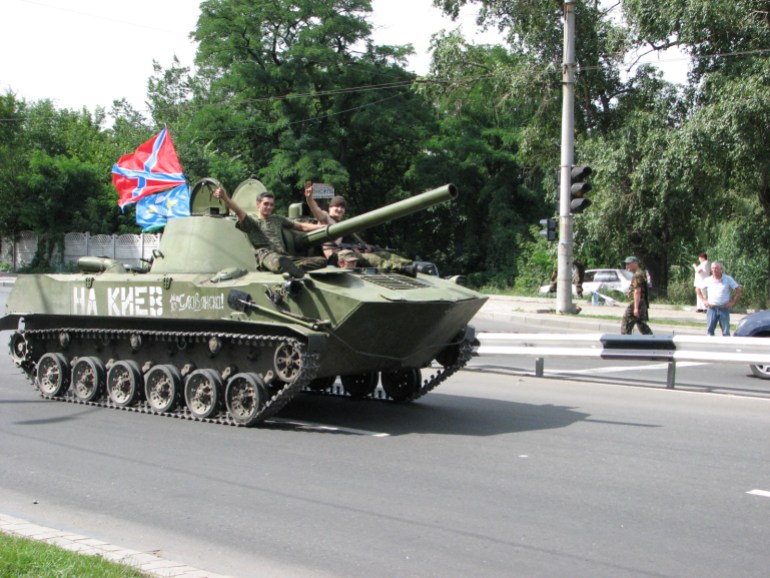

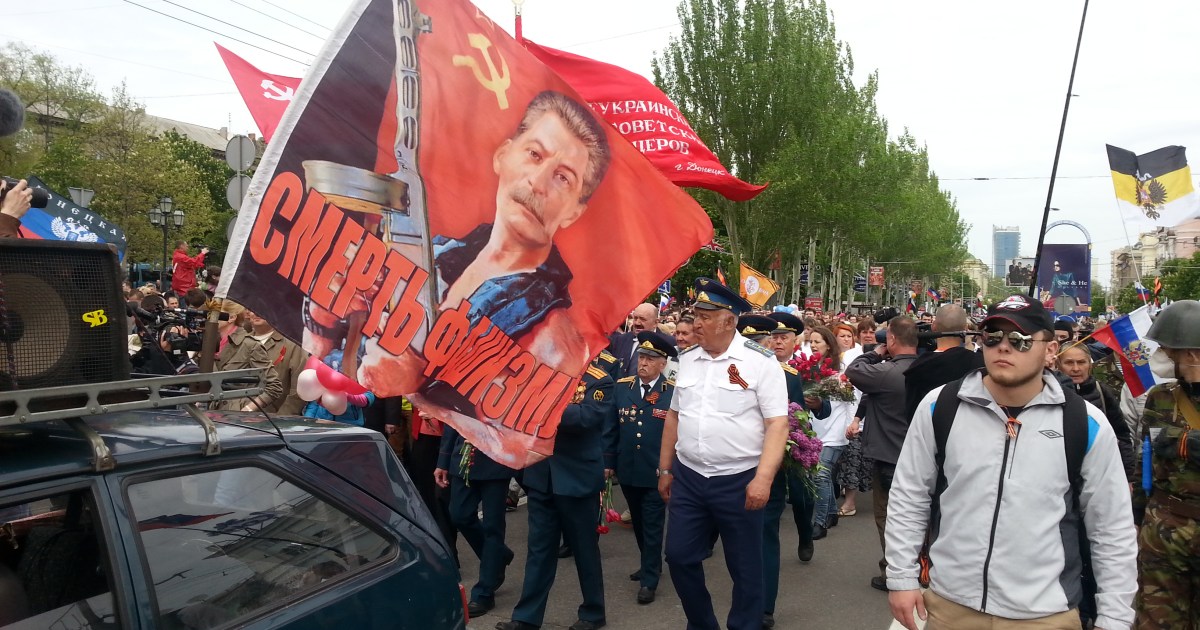



Pingback: บอลยูโร 2024